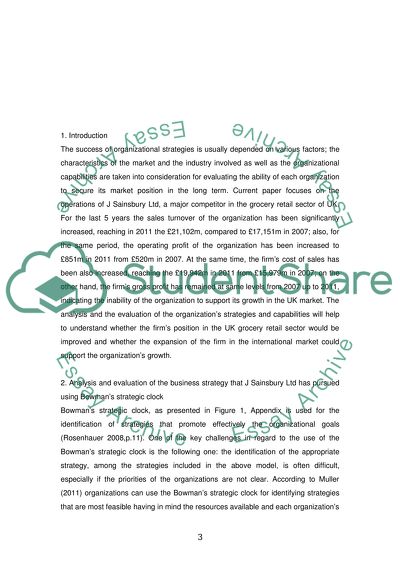Cite this document
(“Company Analysis J Sainsbury Ltd Essay Example | Topics and Well Written Essays - 1750 words”, n.d.)
Company Analysis J Sainsbury Ltd Essay Example | Topics and Well Written Essays - 1750 words. Retrieved from https://studentshare.org/marketing/1448796-company-analysis-j-sainsbury-ltd
Company Analysis J Sainsbury Ltd Essay Example | Topics and Well Written Essays - 1750 words. Retrieved from https://studentshare.org/marketing/1448796-company-analysis-j-sainsbury-ltd
(Company Analysis J Sainsbury Ltd Essay Example | Topics and Well Written Essays - 1750 Words)
Company Analysis J Sainsbury Ltd Essay Example | Topics and Well Written Essays - 1750 Words. https://studentshare.org/marketing/1448796-company-analysis-j-sainsbury-ltd.
Company Analysis J Sainsbury Ltd Essay Example | Topics and Well Written Essays - 1750 Words. https://studentshare.org/marketing/1448796-company-analysis-j-sainsbury-ltd.
“Company Analysis J Sainsbury Ltd Essay Example | Topics and Well Written Essays - 1750 Words”, n.d. https://studentshare.org/marketing/1448796-company-analysis-j-sainsbury-ltd.


